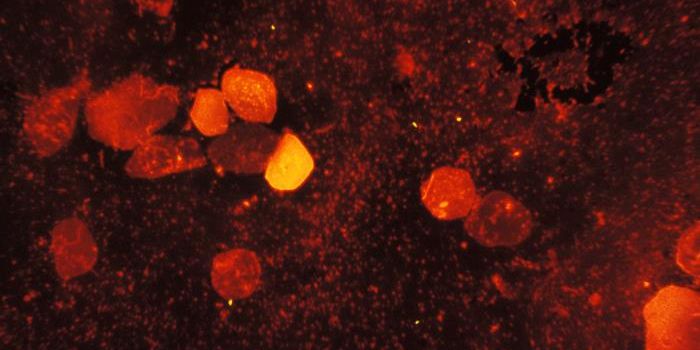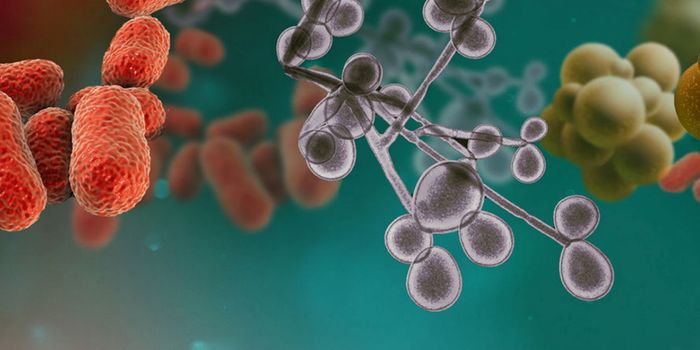Researchers Discover a New Symbiosis
Symbiosis has been critical to evolution. We know that mitochondria, critical organelles that generate energy in the cell of every animal, are originally derived from a microbe that entered another and began to live in symbiosis with it. Now researchers have discovered another relationship like that one. They found a unique bacterium that resides inside of a single-celled eukaryote, providing it with energy. But the microbe does not respire oxygen like mitochondria, it uses nitrate instead. These findings have been reported in Nature.
"Such partnership is completely new," said senior study author Jana Milucka. "A symbiosis that is based on respiration and transfer of energy is to this date unprecedented".
Symbiosis is thought to be unusual in eukaryotes. Instead, eukaryotes tend to co-exist with other organisms, like the gut bacteria that live inside of humans and other animals, and aid in the digestion of food, among other things. In some endosymbiotic relationships, the organisms are so dependent on one another that the bacterium in the relationship can only live inside of its eukaryotic host; this is the situation with the newly-discovered symbiotic relationship.
"Our finding opens the possibility that simple unicellular eukaryotes, such as protists, can host energy-providing endosymbionts to complement or even replace the functions of their mitochondria," said first study author Jon Graf. "This protist has managed to survive without oxygen by teaming up with an endosymbiont capable of nitrate respiration."
The endosymbiont has been called 'Candidatus Azoamicus ciliaticola' because it's a 'nitrogen friend' that lives in a ciliate.
Since mitochondria typically use oxygen to support life, it's been thought that any eukaryotes living in environments that lack oxygen do so through fermentation. Many ciliates can generate energy this way. But microorganisms don't efficiently create energy through fermentation and grow more slowly than their counterparts that have access to oxygen.
"Our ciliate has found a solution for this," said Graf. "It has engulfed a bacterium with the ability to breathe nitrate and integrated it into its cell. We estimate that the assimilation took place at least 200 to 300 million years ago".
"Our endosymbiont is capable of performing many mitochondrial functions, even though it does not share a common evolutionary origin with mitochondria," added Milucka. "It is tempting to speculate that the symbiont might follow the same path as mitochondria, and eventually become an organelle."
This discovery was serendipitous. The researchers were originally studying microbes in the deep waters of Lake Zug in Switzerland. The lake is highly stratified, and the lack of vertical mixing leaves the lowest layers without oxygen but rich in methane and compounds like nitrate. They were looking for microbes that consume methane by searching for microbial genes that convert nitrogen. Instead, they found a small gene sequence encoding for nitrate respiration.
"We were all stunned by this finding and I started comparing the DNA with similar gene sequences in a database," said Graf. The only similar sequences were part of the genomes of symbionts that live in insects. "This didn't make sense. How would insects get into these deep waters? And why?" Graf noted.
It took a lot more work and effort to confirm their theory that they'd discovered a new endosymbiont. After collecting eukaryotes from the lake with a pipette, they eventually located the protist host and its symbiotic partner with a gene marker. Additional sample collection served as final confirmation.
This work has certainly opened up many more research questions. The scientists want to know if other endosymbionts exist, and how the ancient one they found ended up in a glacial lake that's only 10,000 years old.
"Now that we know what we are looking for, we found the endosymbiont's gene sequences all around the world," added Milucka.
The research team wants to study the origins of the organism next.
Sources: AAAS/Eurekalert! via Max Planck Institute for Marine Microbiology, Nature









